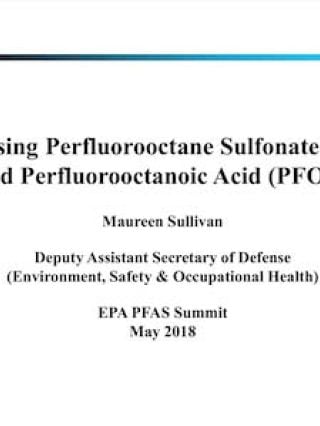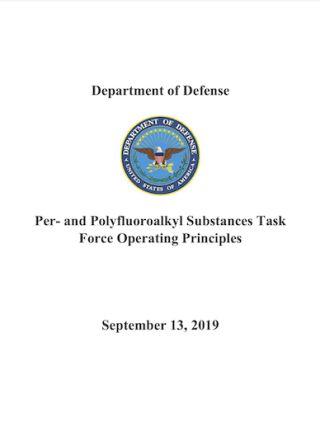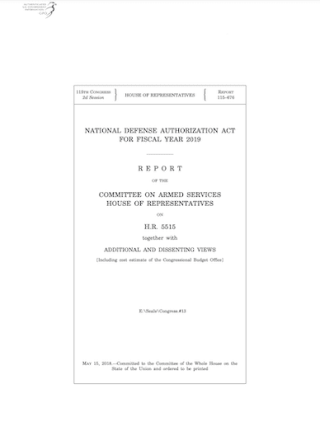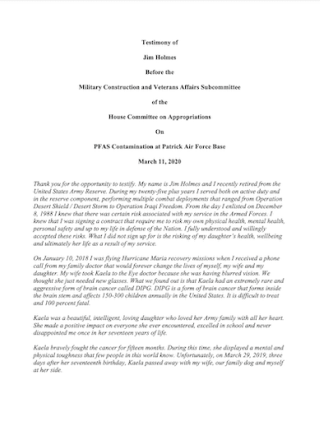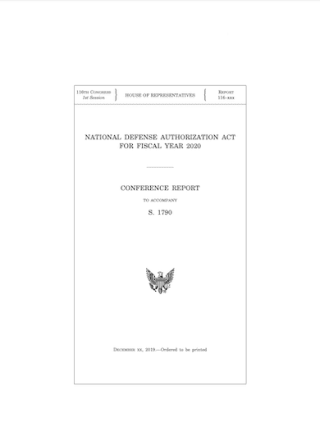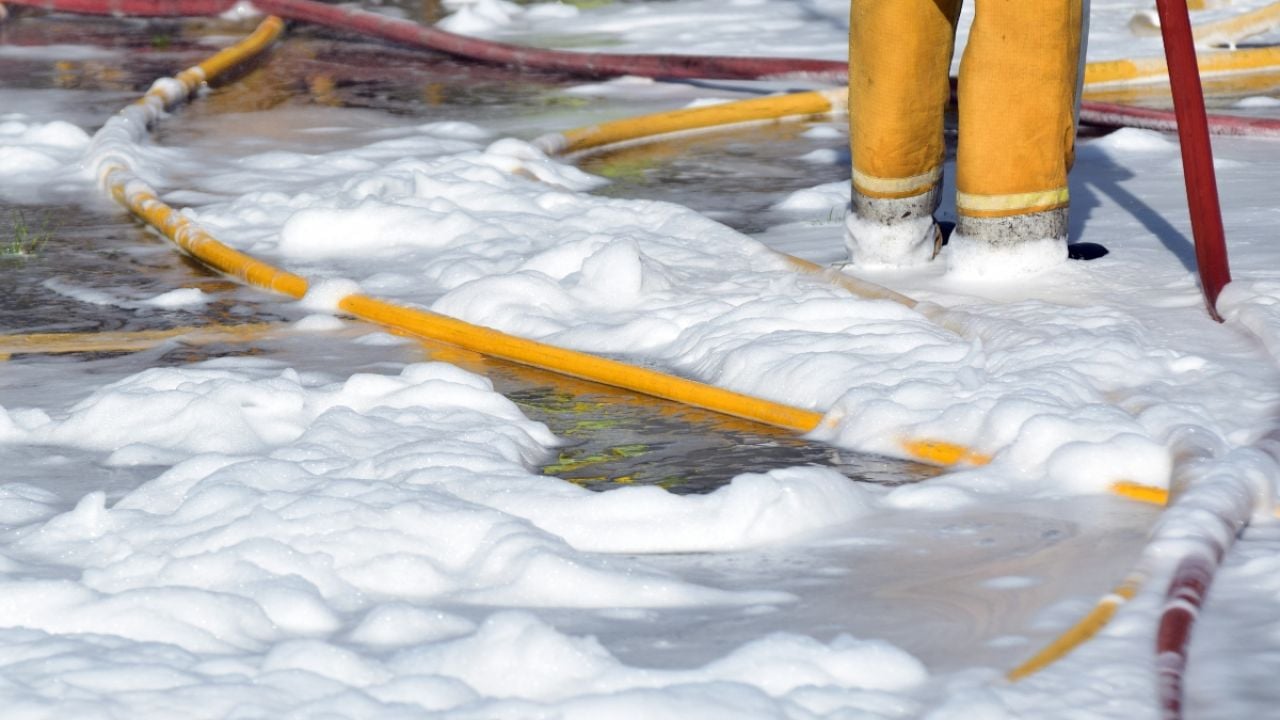
A collaboration between
As far back as the 1970s, studies conducted by the Department of Defense showed that the firefighting foam used on military bases and ships known as aqueous film-forming foam, or AFFF, that contain the fluorinated chemicals now known as PFAS were toxic.
By the 1980s, animal studies conducted by the Air Force revealed that PFAS chemicals could pose environmental and health risks. Here is a timeline of internal DOD studies and reports detailing just how much they knew about the dangers of using AFFF.
1967
DOWNLOAD DOCUMENT1974
Air Force report cites toxic effects of AFFF on fish and suggests treatment of AFFF waste.
2011
DOD releases a Chemical and Material Emerging Risk Alert for AFFF, citing “human health and environmental risks.”
2016
Assistant secretary of defense directs branches of the military to prevent uncontrolled environmental releases of AFFF and to dispose properly of PFOS containing AFFF.
2018
DOD report to Congress states that there are 401 sites with known or suspected PFAS contamination.
2019
FY2019 NDAA requires the secretary of defense to “conduct an assessment of the human health implication of PFAS exposure,” including an estimate of the number of service members who may have been exposed to PFAS.
2020
U.S. Army Reserve veteran Jim Holmes testifies before the House Appropriations subcommittee, detailing how PFAS has harmed his family during their time living on base.
2020
FY2020 NDAA prohibits DOD from the use of PFAS-containing AFFF during training exercises and requires DOD to phase out its use by 2024.
2021
Deputy assistant secretary of defense testifies that PFAS cleanup at DOD sites could take decades.
2021
DOD inspector general report finds that “DOD Officials Did Not Take Proactive Risk Management Actions to Mitigate Contaminant Effects From PFAS-Containing AFFF at DoD Installations.”



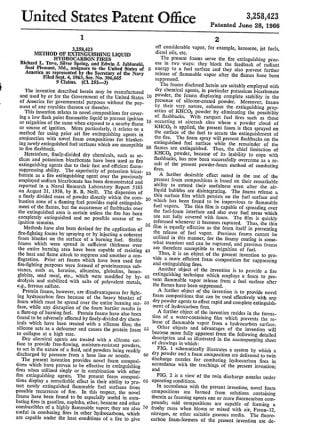
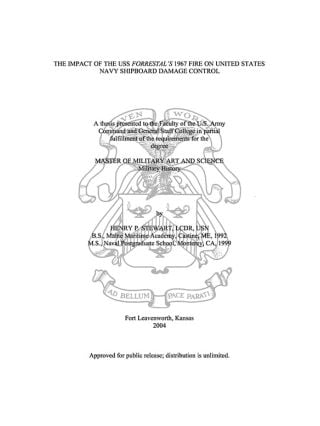
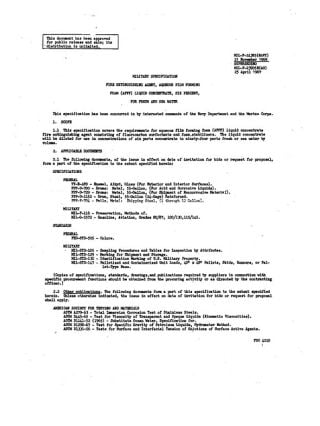
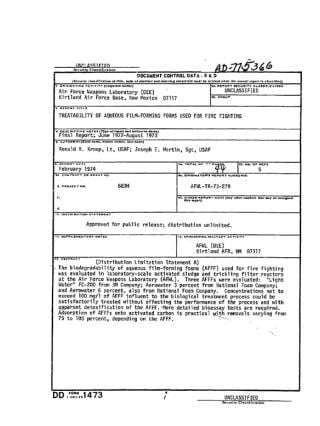
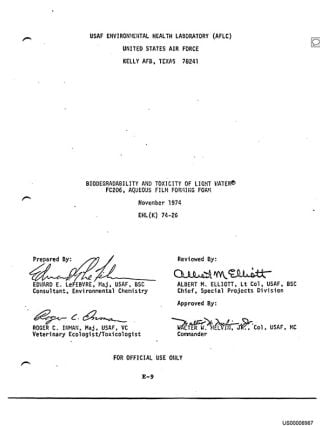
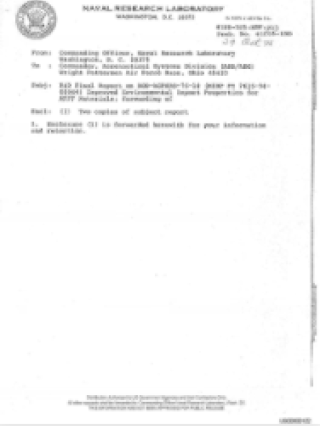

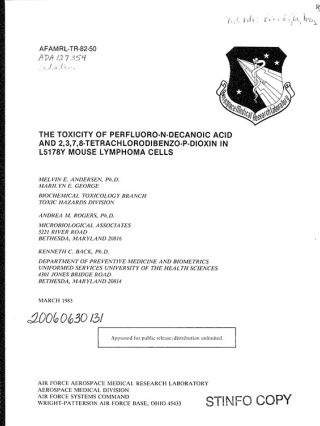
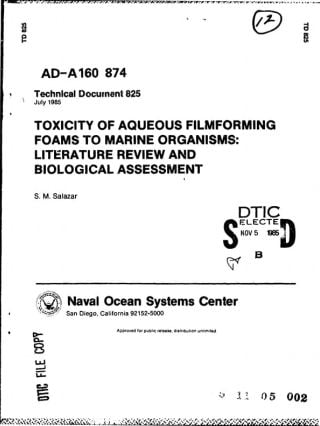
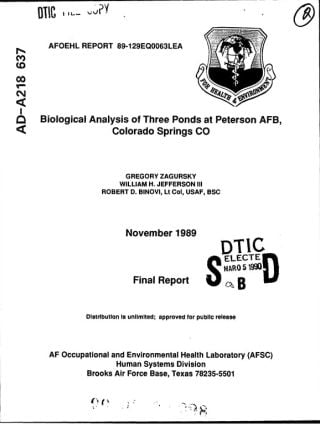
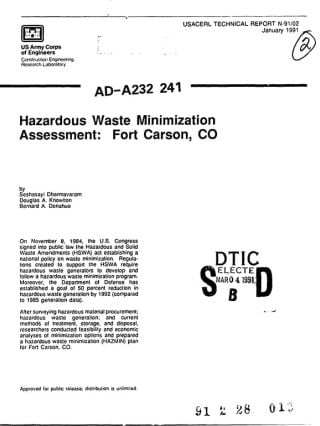
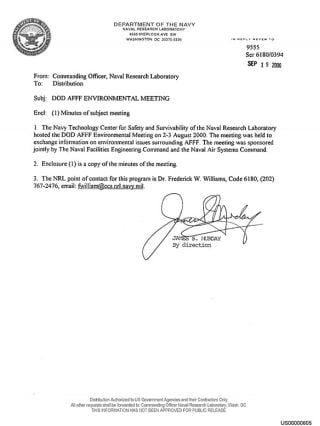
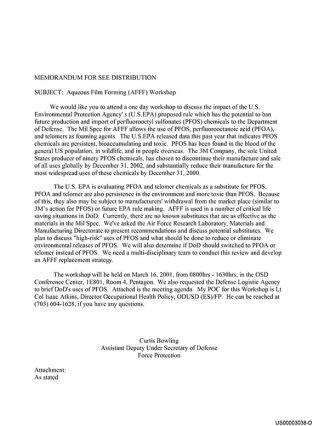
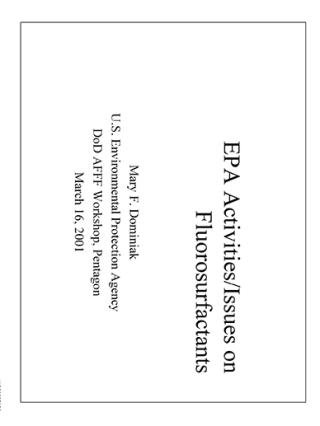
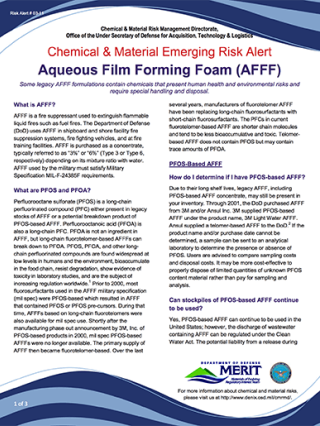
-Control-Removal-and-Disposal.png?h=70824c3c&itok=bpFVWEql)
